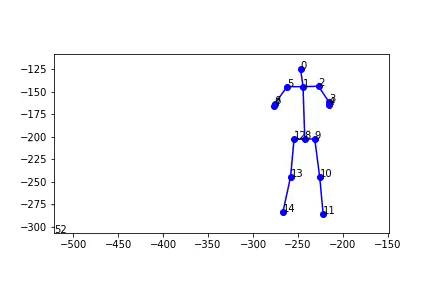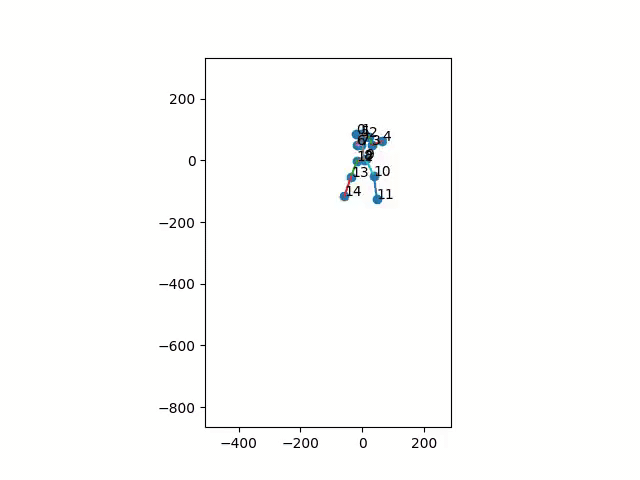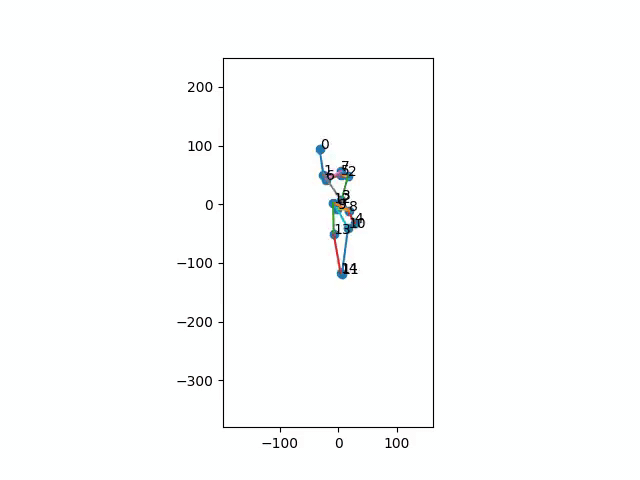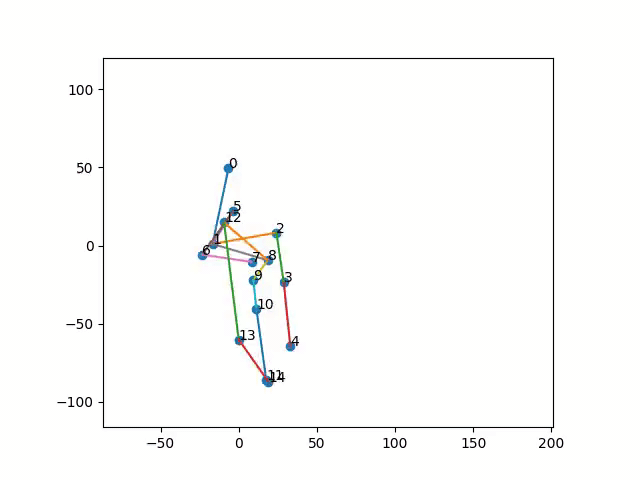https://github.com/ardapekis/learn2dance
- Find the desired playlist
- Use the
get_youtube_links_from_playlist.txtfor the Powershell script to get the list of individual links. use the following youtube video for reference https://www.youtube.com/watch?v=iiZPMJbM4zk - Then use the output of the shell script as input to the
convertToString.py. This will conveniently make an array of the youtube videos in the playlist. - Take the output array and paste into
downloadVideoAudio.py. This will then download the video create an audio track on the computer. WARNING: if video is private you will not be able to download it - Then trim videos if needed by
trimVideo.py
- Run
extract_poses.sh. This will take a while, and requires GPUs and nvidia-docker. - Run
Clustering.ipynb. This will run kmeans on the poses and save the centroids. - Run
Process_Waves.ipynb. This will save music features, extracted with librosa.
Run train.py or use Model.ipynb. This will train and save the model.
Run eval.py or use Model.ipynb. This will save an animation of the predicted dance.
We based our GAN model off of this paper.
You will require data in the format of numpy arrays of size (number of timesteps, num_joints, 2). If you run OpenPose to get a sequence of joints, then you can simply run parse.py to parse the .json files into np arrays.
- Training happens in two steps: (1) training the pose GAN; (2) training the pose-sequence GAN.
- Pose GAN: run
train_pose.pywithdatadiras a parameter specifying where the.npzfiles are at (each file corresponding to a dance sequence). - Sequence GAN: run
train_seq.pyagain with thedatadirparameter.
To visualize a pose sequence, run animate.py.
The most obvious task would be to get a higher accuracy with the results, and collecting and training on more data would definitely help with that. In addition, it may be a good idea to focus on one specific type of dance or song category, and attempt to collect data that specifically relates to that one type of dance, such as hip-hop, and get good results on that before including other categories. There is ongoing research at Georgia Tech (https://www.cc.gatech.edu/cpl/projects/dance/) that focuses on specific dance categories and obtaining their dataset would have helped us achieve faster and better results. With respect to the models, we may have been a bit ambitious with this project and better results may be obtained by training the model category-wise.
But above all - have fun with this! We enjoyed working on this project and it was a lot of fun, regardless of the results. We all learned a lot and who knows? Maybe you'll even learn2dance a little :D



